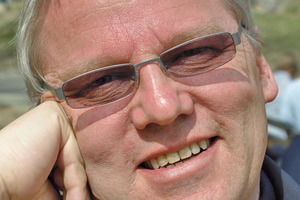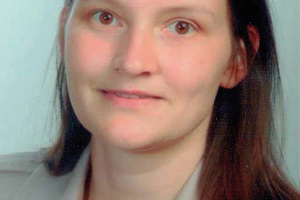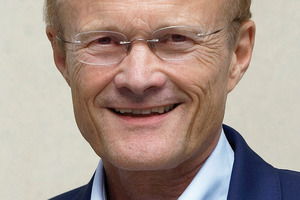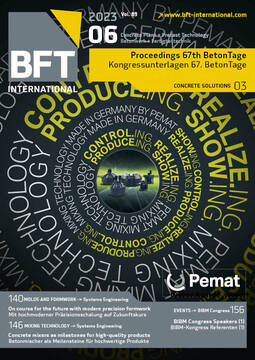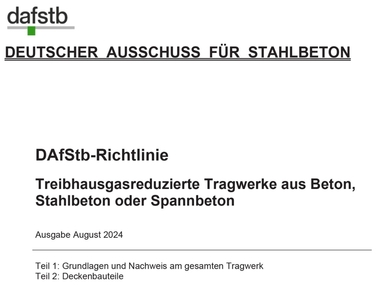New DAfStb guideline “Precast concrete elements with non-metallic reinforcement”
The guideline “Precast concrete elements with non-metallic reinforcement” compiled by the German Committee for Reinforced Concrete (Deutscher Ausschuss für Stahlbeton [DAfStb]) is expected to be published as a standard (white print) in 2023. The objection period for the yellow-print draft (November 2022) has elapsed on March 31, 2023, and the comments submitted have been addressed or taken into account by the “Non-Metallic Reinforcement” subcommittee. The five parts of the guideline cover the design, reinforcement, test methods and rules for implementation, as well as verifications
for the usability of the different types of reinforcement. The rules documented in the guideline are the result of research work and experience from industry, appropriately reflecting the current state-of-art in this field in Germany. Extensive explanations and background
information on the guideline are to be published in DAfStb Volume 660.
This guideline will considerably facilitate construction with non-metallic types of reinforcement in Germany, whether in the form of rebar or grid, and seeks to link up with international standards that have been in place for numerous years (e.g. in the USA, Canada, Japan, Italy).
If types of reinforcement approved within the scope of the guideline are to be used, and the guideline has been granted a general technical approval, approvals on a case-by-case basis and project-related type approvals can be dispensed with for many applications
in building construction. However, many provisions and test methods
can be transferred to applications outside the current scope, such as bridge construction, which is not covered by the current edition of the
guideline. The “Non-Metallic Reinforcement” subcommittee’s work will not end upon completion of the guideline: work has already begun on the second edition that will cover further findings, for example, on fatigue or prestressing, and will be used as a preparation
for adaptation to the new Eurocode 2.


